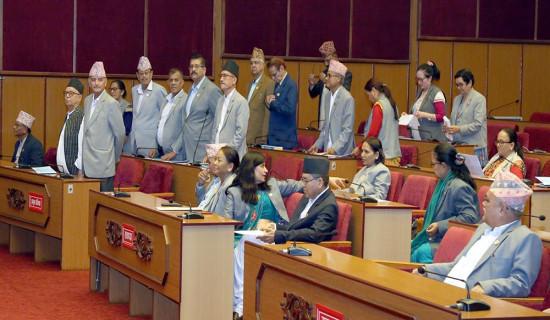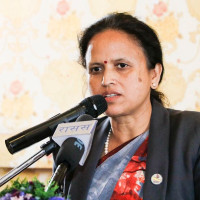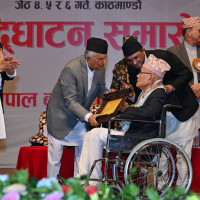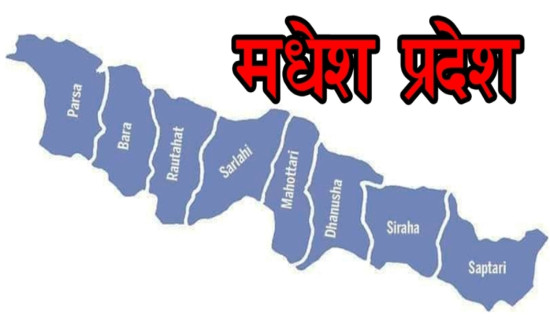- Friday, 17 May 2024
Galchhi's Bhagawati temple to become attractive destination
By A Staff Reporter,Kathmandu, Apr. 30: Galchhi Rural Municipality in Dhading district, in collaboration with local stakeholders, has started an initiative to transform the Kiranchowk Bhagwati temple area in Ward No. 4 into a prominent religious and historical tourist destination.
The temple was built around 1200 BS, and the worship of Kiranchowk Kalika Mata began after Prithvi Narayan Shah suffered a defeat in the Nuwakot war. It is believed that upon worshipping at the temple, Prithvi Narayan Shah defeated the Bayeshe and Chaubise principalities, which culminated in the unification of Nepal. Consequently, the temple came to be known as Ranakalika.
The temple holds historical significance. The temple was initially established by Kirants and, therefore, was named Kirantchowk. But later it became popular as Kiranchowk, said Dhruba Adhikari, a local and a former engineer of the Department of Archaeology, referring to the local legends.
In 2014, with the cooperation of the local community residing in Kathmandu, the Department of Archaeology initiated the reconstruction of the Kalika Temple.
As part of the urban development project, significant efforts such as widening the road leading to the temple, constructing a 9-floor tower, and other projects in line with the overall development goals, were undertaken since 2016. These efforts aim to make the temple an attractive destination from religious, cultural, natural, social, and tourism perspectives.
Various villages along the Trishuli River in Dhading and Makwanpur districts can be seen from this temple situated on the top of a hill above the Kathmandu-Chitwan Highway. Supported financially by the Department of Archaeology, the responsibility for promoting this area has been entrusted to the rural municipality and the temple management committee. According to Engineer Adhikari, this area has the potential to become a popular tourist destination if promoted effectively.
Director of the Nepal Tourism Board, Maniraj Lamichhane, said that Dhading and particularly the Trishuli River can be a potential destination for water tourism. He mentioned the possibility of incorporating religious tourism into the overall tourism dynamics of the region.
The chairman of the rural municipality, Kedarnath Khatiwada, expressed expectations of collaboration with the Nepal Tourism Board and the Department of Archaeology for the development, expansion, and enhancement of this area, given its religious and historical significance.
Shankar Bahadur Bhandari, chairman of the local temple management committee, highlighted the support received from the Department of Archaeology during the temple construction, emphasising the need for the Board's assistance for its further development.
Meanwhile, a programme was organised on Saturday with the participation of local representatives, former officials from the Department of Archaeology, officials from the Tourism Board, local community volunteers, and villagers to discuss how Ranakali's temple area could be developed as a religious tourism destination.
Educationist and local leader Shiva Adhikari informed that the participants in the interaction concluded that tourism activities could be increased by building more tourist infrastructure in the area of historical importance.



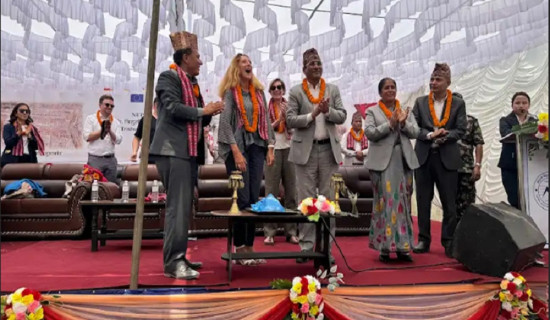
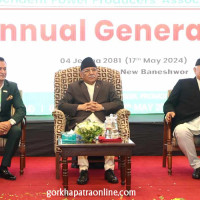
-square-thumb.jpg)
